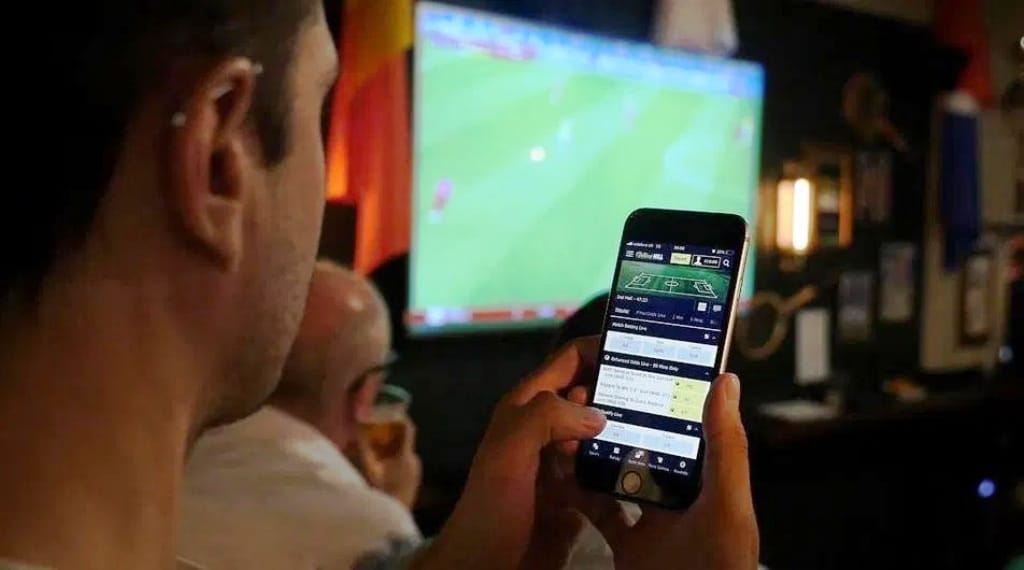The Ascent of Lab Grown Diamonds: A Manual for Claws For Lab Grown Diamond Rings
Lab Grown Diamonds are quick turning into a well known decision for people looking for the splendor of a diamond without the lofty cost or natural worries attached to mining. Whether you’re looking for a diamond ring to stamp a commitment, commend a commemoration, or essentially treat yourself, one detail frequently disregarded is the claws. Indeed, those apparently little prongs that hold your diamond set up assume a basic part in the general look and life span of the ring. Claws For Lab Grown Diamond Rings accomplish something other than secure your diamond — they characterize the ring’s stylish and how well it grandstands the stone.
Be that as it may, for what reason are these claws so significant with regards to lab-grown diamond rings? How would they affect the appearance as well as the security of your valuable pearl? This article will jump profound into all that you really want to be familiar with Claws For Lab Grown Diamond Rings, from the different styles available to how you can choose the best setting for your shining excellence.
Table of Contents
What Are Lab Grown Diamonds?
Before examining the meaning of claws, it’s fundamental to comprehend what Lab Grown Diamonds are. Lab Grown Diamonds are made in laboratories however are artificially indistinguishable from mined diamonds. The developing fame of these diamonds comes from their moral benefits and cost-viability. Not at all like mined diamonds, which include broad unearthing and labor, Lab Grown Diamonds accompany less natural and moral worries. Besides, they’re by and large more affordable.
These diamonds are created through two essential techniques: High-Tension, High-Temperature (HPHT) and Substance Fume Affidavit (CVD). The HPHT cycle imitates the World’s regular diamond-forming conditions, applying high tension and temperature to carbon to form a diamond. Then again, CVD includes layering carbon particles, which gradually develop to make a diamond. Notwithstanding their logical starting points, these diamonds are similarly all around as genuine as the ones extricated from the Earth, having similar physical and compound properties.
Claws For Lab Grown Diamond Rings: Why They’re Fundamental
While choosing or planning a lab-grown diamond ring, the significance of the claws couldn’t possibly be more significant. These little prongs, which hold the diamond safely in its setting, are basic for both the capability and style of the ring.
Claws are liable for grasping the diamond and guaranteeing it stays set up. The number and style of claws impact the amount of the diamond is noticeable and the way that safe it will be. More claws will generally mean more noteworthy security, yet they can likewise cloud a greater amount of the diamond. Less claws offer a more moderate look, yet they might give somewhat less security. Regardless, the claws are essential in offsetting tasteful magnificence with the strength of the ring.
Sorts of Claws For Lab Grown Diamond Rings
There are different sorts of Claws For Lab Grown Diamond Rings, each offering an extraordinary mix of safety and style. Understanding the distinctions between them can assist you with picking the ideal one for your diamond.
The four-paw setting is maybe the most work of art and generally utilized plan. This setting holds the diamond at four uniformly dispersed places, giving it an even and adjusted appearance. The less claws imply that all the more light can go through the diamond, upgrading its radiance. Nonetheless, the disadvantage is that with less resources, the diamond is somewhat less secure contrasted with different settings.
Conversely, a six-hook setting gives extra security by adding two additional prongs. This setting is normally utilized for bigger diamonds that require a more steady grasp. The additional claws offer a more conventional, even one of a kind look, which many view as engaging. The disadvantage is that more metal covers the diamond, possibly causing it to seem somewhat more modest than it is.
Another fascinating choice is the twofold paw setting. This style includes two claws for every side of the diamond, offering both improved security and a snazzy tasteful. Twofold claws make an exceptional, mind boggling plan that is especially appealing for the individuals who believe their ring should stick out. In any case, this plan can feel a piece occupied on more modest stones, as the numerous claws can divert from the diamond’s brightness.
At last, the bezel setting, albeit in fact not a hook, merits a notice. A bezel wraps the diamond totally in a slim metal band, making it one of the most solid settings available. This style is ideally suited for those with a functioning way of life, as it decreases the opportunity of the diamond catching on garments or articles. The main disadvantage is that the bezel can restrict how much light arrives at the diamond, possibly diminishing its radiance.
Picking the Right Claws for Your Lab-Grown Diamond Ring
Picking the right kind of claws for your lab-grown diamond ring might feel overpowering, yet a couple of key variables can assist with directing your choice. The size of your diamond, first and foremost, assumes a pivotal part. Bigger diamonds for the most part benefit from six-hook or twofold paw settings, as the need might have arisen to hold a greater stone immovably set up. More modest diamonds, then again, look better in four-paw settings since less prongs permit a greater amount of the stone to be noticeable, causing it to seem bigger.
The state of your diamond is another fundamental thought. Various shapes work best with explicit paw plans. For example, a round diamond looks dazzling in a four-paw setting, while an emerald cut frequently profits by corner claws that stress its mathematical shape.
Your way of life ought to likewise impact your decision. On the off chance that you have an exceptionally dynamic existence or work with your hands a ton, you might need to pick a safer setting, for example, a six-hook or bezel setting. These styles give additional security against unplanned knocks or tangles, giving you genuine serenity that your diamond will remain set up regardless.
Metal Decisions for Claws: What’s Ideal?
The metal you decide for your claws is similarly basically as huge as the sort of claws themselves. Various metals have various properties, which can influence both the look and toughness of your ring. Platinum is one of the most strong and hypoallergenic metals available, going with it a superb decision for claws. It holds its shape after some time and opposes twisting, which is pivotal for keeping your diamond secure.
White gold is another famous choice that matches flawlessly with the cool shimmer of a lab-grown diamond. In any case, it requires periodic upkeep, as need might arise to be re-plated with rhodium to keep up with its dazzling white tone.
Yellow gold offers a more customary appearance, with a warm differentiation to the splendid clearness of a diamond. An exemplary decision for those need an immortal look.
Assuming you’re after something more special, rose gold may be only the thing. Its delicate, pink tint adds a heartfelt touch to any ring and has become progressively stylish as of late.
Why Lab Grown Diamonds Merit Exceptional Thought
You could contemplate whether Lab Grown Diamonds require any exceptional treatment with regards to their claws. While Lab Grown Diamonds are artificially indistinguishable from normal diamonds, their more affordable cost frequently permits purchasers to investigate more perplexing or special settings. The flexibility and spending plan cordiality of Lab Grown Diamonds make the way for additional imaginative plans, allowing you the opportunity to pick a setting and hook type that could somehow be far off with a mined diamond.
While choosing Claws For Lab Grown Diamond Rings, it’s memorable’s vital that they merit similar degree of care and consideration as regular diamonds. Whether you go for a four-paw setting for straightforwardness, a six-paw setting for security, or a bezel for most extreme insurance, the selection of claws will influence the general look and life span of your ring.
End
Claws could appear to be a minor detail while choosing a ring, however they assume a critical part in both the security and style of your lab-grown diamond. The right claws shield your diamond from harm as well as upgrade its regular excellence. Whether you pick an exemplary four-paw setting for a moderate look or settle on something safer like a six-paw or bezel setting, recall that the claws are there to adjust magnificence and reasonableness. With the developing prominence of Lab Grown Diamonds, the opportunities for planning a remarkable, dazzling ring are interminable — simply remember to genuinely focus on those claws!



![How To Find Error Code [pii_email_285f5230f0f42c06886d] How To Find Error Code [pii_email_285f5230f0f42c06886d]](https://pqrnews.com/wp-content/uploads/2021/01/pii_email_b4969755ef6881519767-696x392.png)
![How To Fixed Error Code [pii_email_285f5230f0f42c06886d] How To Fixed Error Code [pii_email_285f5230f0f42c06886d]](https://realestateomni.com/wp-content/uploads/2024/01/how-to-fixed-error-code-pii_email_285f5230f0f42c06886d_1104-150x150.jpg)

